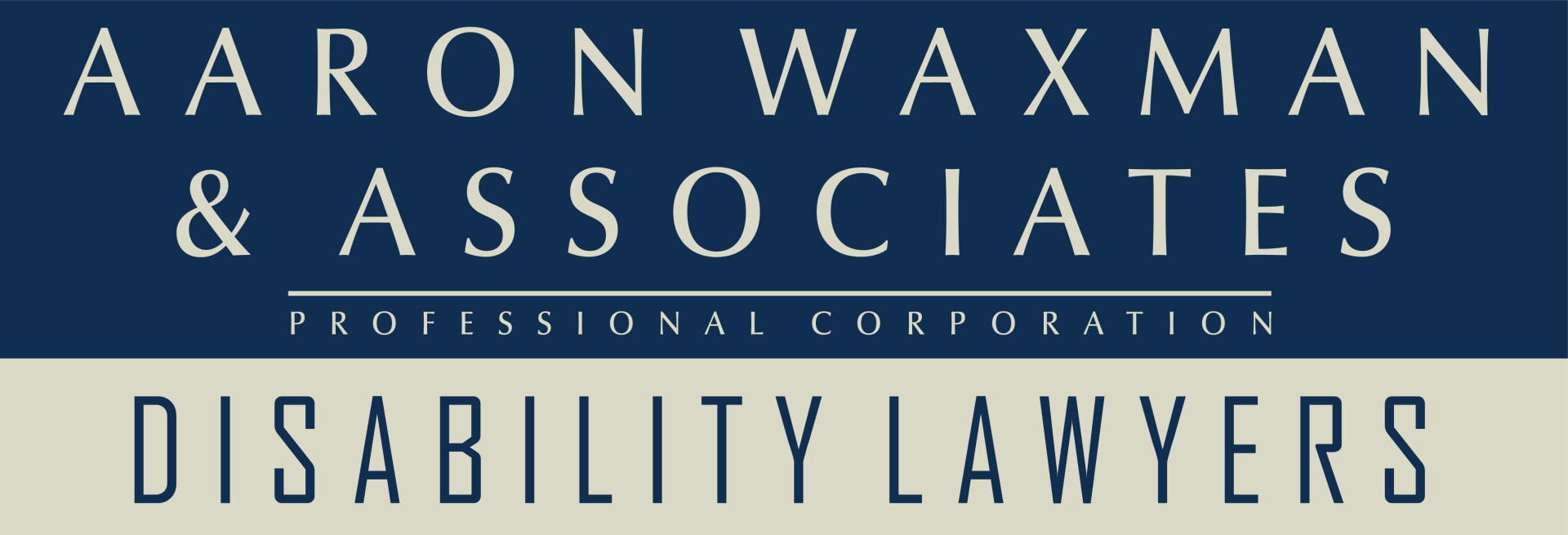What are the Main Differences Between STD and LTD Benefits?
This post will discuss the differences between short-term disability (STD) benefits and long-term disability (LTD) benefits.
It is always important to review your benefits booklet and policy to know what coverages you are entitled to.
The Waiting Period
The waiting period for STD benefits is relatively short compared to LTD benefits and can be as short as 1 day or as long as 2 weeks. Short-term disability benefits are meant to provide almost immediate financial assistance when you become disabled, whereas LTD benefits could have a waiting period of anywhere from 119 days to 52 weeks.
Typically, if you have coverage for both STD and LTD benefits, LTD benefits would start at the end of the STD period, if you meet the definition of disability. In most cases, STD benefits are meant to cover the duration of the waiting period for long-term disability benefits.
If you do not have STD benefits as part of your compensation package, you can apply for EI Sickness Benefits to help you during the waiting period. These benefits are paid for 15 weeks.
How Long Benefits Are Paid For
Short-term disability benefits can only be paid for the amount of time set out in the policy. The duration of benefits can range from 15 to up to 52 weeks.
Long-term disability benefits can be paid for a much longer period of time, unless the policy specifies there is a maximum period (i.e. there are some policies that have a 2 year, 5 year, 10 year maximum, depending on the reason for disability if it is a private policy or depending on what the employer chose).
How Your Benefit is Calculated
Short-term disability benefits are calculated based on a percentage of your weekly earnings and this percentage can range from 50% to 100% of your earnings, depending on your policy.
Some policies use a tiered system where you receive a higher percentage of your salary for the first few weeks, and a lesser amount for the majority of the STD period, and other policies use the same calculation for the entire period.
Long-term disability benefits are calculated based on a percentage of your monthly earnings and the percentage can typically range from 35% to 70% of your monthly earnings, policy dependent. Depending on your employer, you may have the option to “top up” your benefit and receive a higher LTD benefit. For example, your employer may offer you a “core benefit” of 35% of your monthly earnings and then offer you the option of increasing your benefit if you choose to pay the monthly premiums for it. You may be able to increase your benefit to 60-70% for example.
Some short-term disability policies may also have optional coverage to top up core benefits.
How Often Benefit Payments are Made
Short- term disability benefits are paid to you weekly, and long-term disability benefits are usually paid on a monthly basis. Some policies pay LTD benefits semi-monthly.
Who Pays the Benefit
Some employers choose to have their short-term disability policies set up as an “Administrative Services Only” (ASO) contract.
This means that the insurance company adjudicates the claim (processes the claim) while the employer pays the actual benefit, if benefits are approved. The insurer will tell the employer if benefits are approved and when they are denied (but does not provide the employer with your medical information).
Under a long-term disability policy, the insurer is typically the payor of benefits and the administrator of the policy. Under some policies, the employer pays the benefit and has an ASO arrangement.
The Definition of Disability
You should review the definitions section of your policy to find out how “total disability” is defined.
Each policy may be different, but in order to qualify for benefits, a person must meet the definition of totally disability. To qualify for short-term disability or long-term disability benefits, your insurance company needs evidence that you are “totally disabled”.
When you apply for STD benefits, the test for total disability is whether you can perform the duties of your “own occupation” (or a similar occupation, in some policies).
Under most group LTD policies, there are two definitions of disability, the “own occupation” and “any occupation” definition of disability. A person could also have a private LTD policy where the disability test is own occupation only.
A total disability means you are reasonably unable to carry out the normal functions of your usual job. It does not mean that you have to be completely physically unable to do any part of your job, but that your injury or illness is such that you are unable to perform the essential duties of your own occupation.
This is the definition your insurer will go by during the “own occupation” period of your disability. When the own occupation is over, you are considered totally disabled if you are unable to perform any occupation for which you are reasonably suited for or could become suited for.
Change of Definition
Short-term disability benefits are not subject to a change of definition and the test for disability stays the same. As noted, under most policies, the test is whether you are capable of performing your own occupation.
Long-term disability benefits are subject to a change of definition and most policies are subject to a change of definition after 2 years. This could mean two years after the initial onset of disability, or two years after the waiting period ends. Some policies may have a shorter or longer own occupation period.
As mentioned, the change of definition means that the disability "test" used by your insurer changes from whether you can perform your own occupation to whether or not you can perform any occupation that you are suited for by education, training or experience.
It is important to read your own policy to find out what tests are applicable, when they apply and how long they apply for.
How a Lawyer Helps
Policy wordings and the language used in correspondence from your insurance company can be difficult to understand. Receiving a denial letter during a stressful time can be overwhelming.
A disability lawyer can help you understand the terminology and why your claim was denied and how long you have to act on that denial. Your rights will be explained to you and you can determine if you want to proceed with a lawsuit. As well, once you retain a lawyer, you will no longer have the stress of speaking with your claims adjuster to provide updates or medical information.
Our lawyers have helped many clients successfully resolve their short-term and long-term disability claims. Contact our office for a free, no obligation initial consultation and remember, there are no bad questions!
We offer a free initial consultation that can be arranged at a date and time of your choosing and at your convenience.
Recent posts from our Knowledge Centre
- This blog is for informational purposes only and is not meant to substitute legal advice. Please read our disclaimer for further information.
- All of our lawyers are licensed by The Law Society of Upper Canada
- Office in Toronto and able to represent people in the province of Ontario








